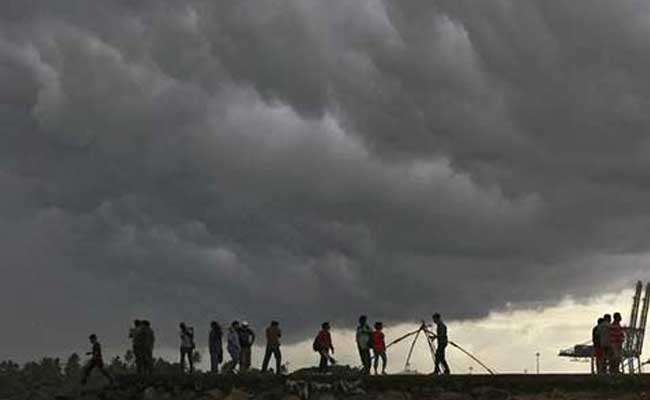India loses 41 tigers in 7 months
Manzurul Alam Mukul || risingbd.com

Risingbd Desk: The country lost close to 41 tigers from January until August 9 this year, similar to the count in the same period in 2014, reveals fresh data from National Tiger Conservation Authority and TRAFFIC-India, the wildlife trade monitoring network.
The data further revealed that tigers are dying not just from natural causes, but they are also being shot to death by authorities in case of man-animal conflicts. Snares and traps, even poisoning, are other reasons listed in the study.
The data revealed that till August 9, 2014, Maharashtra reported three tiger deaths. Among these, one tiger was shot dead by sharp shooters of the Chandrapur police. The count of dead tigers in the state has already reached five this year.
Vikas Kharge, secretary Revenue and Forest Department (Forests), said that choosing actor Amitabh Bachchan as the ambassador for its tiger conservation projects is likely to have a positive outcome for conservation measures.
"We are yet to finalise the modalities and a meeting with the actor will soon take place. He is a tiger lover and his involvement in the project will have a unique appeal for the masses," he said.
Kharge added that incidents of tiger poaching have declined in Maharashtra largely due to an increase in the number of protection measures undertaken. "A special tiger protection force, comprising a team of 120 personnel, has been employed in each of the four reserves of the state. For locals` involvement in saving tigers, we have set up village eco-development committees for community participation in conservation of forest and tigers," he said.
States that have reported the maximum number of tiger deaths include Karnataka, Madhya Pradesh, Maharashtra and Tamil Nadu.
Apart from natural death, authorities have pointed out other reasons for tiger deaths in the last various years, including poaching, in fighting, snares and traps, poisoning by villagers and shooting. For instance, in January last year, a police official shot dead a tiger near Ooty, Tamil Nadu. The incident is still being investigated, revealed Tigernet, the official database of the National Tiger Conservation Authority, under the Ministry of Environment and Forests.
Last year, another cause of death cited was poaching by poisoning using organophosphorous compounds. Other causes included cardio-respiratory failure and even retaliatory killing by electrocution near Dhamokar at Bandhavgarh Tiger Reserve, Madhya Pradesh.
Three seizures from poachers have already been reported until March this year, two from Pilibhit in Uttar Pradesh and one from Similipal in Orissa. The seizures from UP included tiger bones, flesh, and skin, according to Tigernet.
A senior official from the state forest department said that most tiger deaths in the state have been due to intentional poisoning by villagers. "There have been instances when a tiger was poisoned by villagers for revenge or out of fear. Tigers usually eat their prey in phases. Villagers know this and, at times, poison a carcass as they know that the tiger would return to feed on it. There have also been instances of electrocution of tigers in Vidarbha, when villagers intentionally left an electrical wire lose, to kill a tiger," he said.
The official added that numerous deaths due to traps have also been reported. "Poachers lay traps for the animal to step into. These traps usually rupture the bones of the limb that gets stuck in them. The poachers then take the animal down. The Pardhi community is known for such poaching methods. They later sell the tiger skin and other parts in local and international illegal markets," the official said.
A senior National Tiger Conservation Authority said that incidents of shooting by officials are restricted to cases of man-animal conflicts. "After following all the advisories and standard operating procedures by the authority, if the state wildlife warden feels that the said animal is a threat, it could be put down. However, this happens only in extreme cases," he said.
Source: Times of India
Risingbd/Aug 12, 2015/Mukul
risingbd.com























